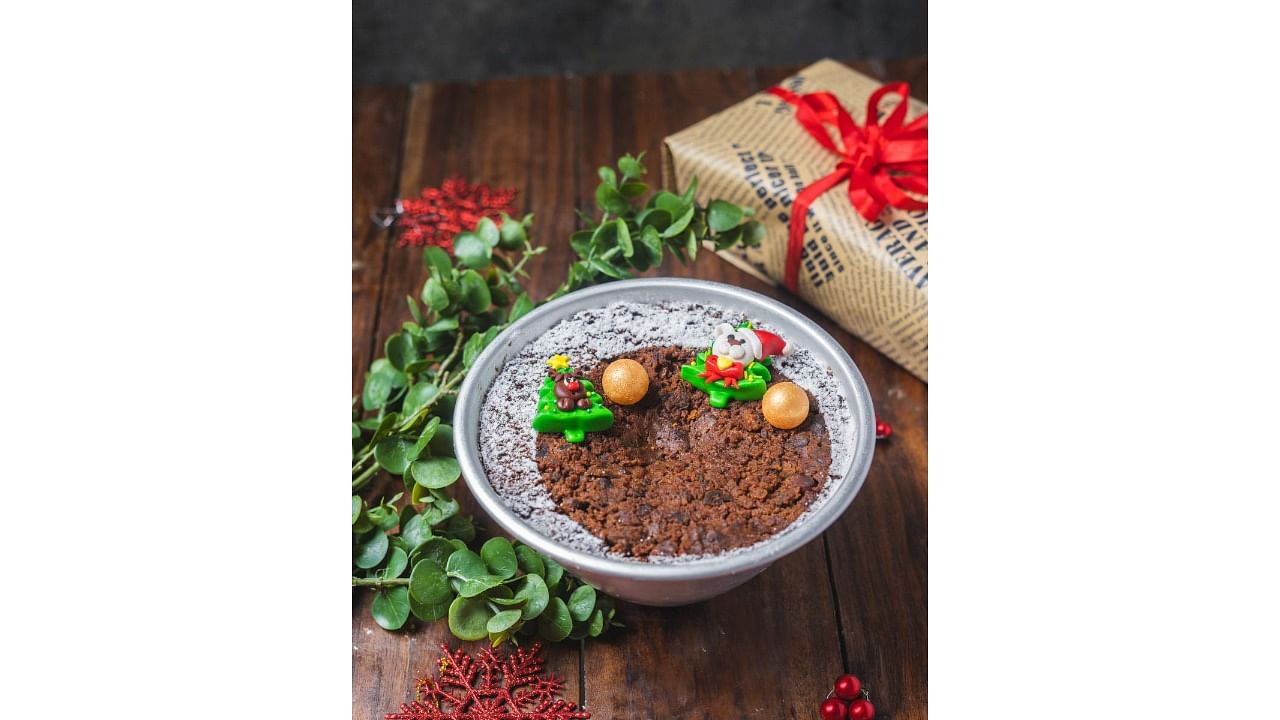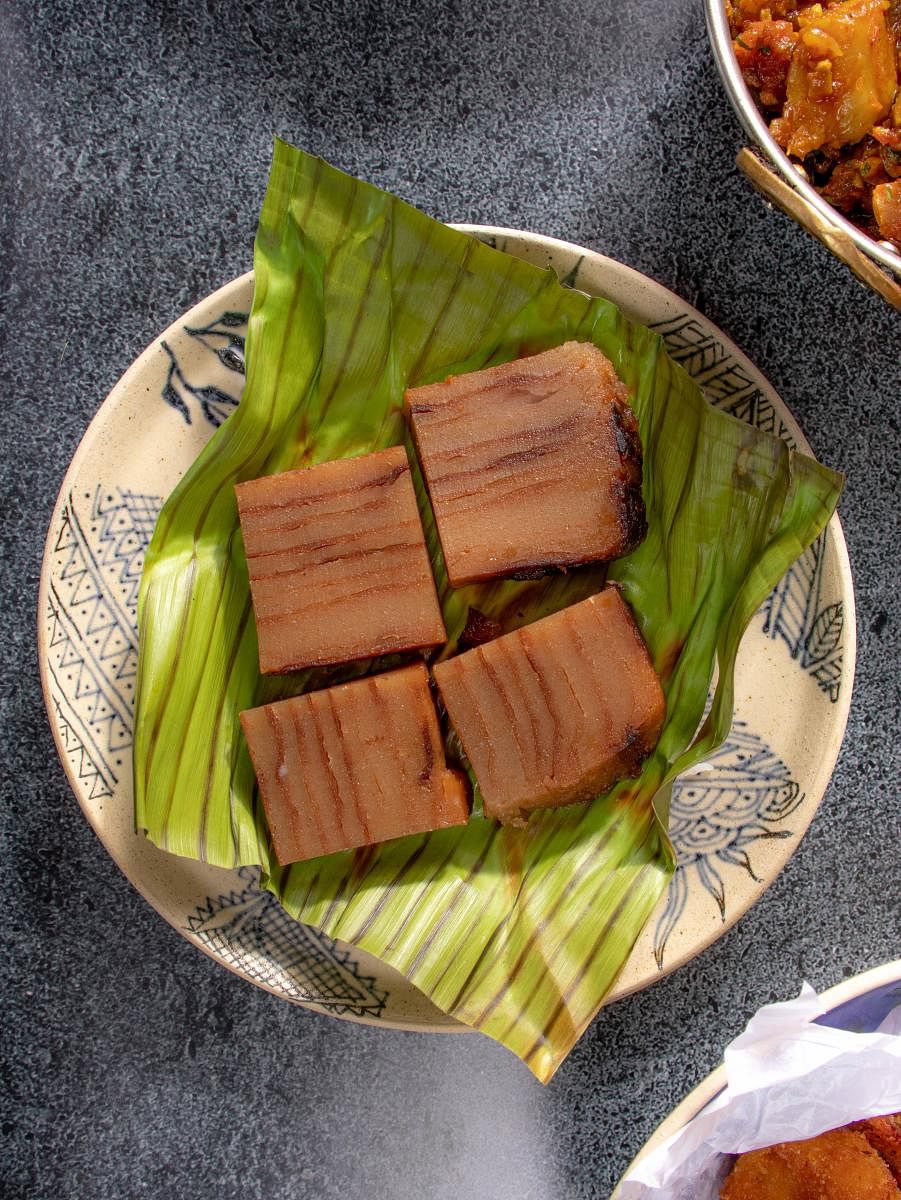

Let’s face it, when it comes to the Christmas feast, there are a few dishes that are a given: the plum pudding, cookies, sugar plums, fruit cake, casseroles, Yule log, and the roasts — the oldest favourite of the table. After all, it was Queen Victoria, a holiday-loving empress, who is said to have formalised the five-course Christmas dinner.
One that the world followed with glee, with a few tweaks aka local favourite added. The only exception to the English Christmas Table — the foundation of every holiday menu today — was the two World Wars that saw vegetables sneak in as mock meat to fill in the paucity of meat, milk and sugar; and that in the colonies, where local delicacies shared table time with the Queen’s favourite thanks to a chain of events. Back in the time when Christianity was spreading its angel wings, one of the ways to enter their colonies was through hosting these little tables, which, unlike the latter years, were filled with popular local dishes. Converts were encouraged to get their own favourites to be a part of the Lord’s table. Thus, leading to a table where many of the local dishes shared space with what would soon be the staple. Little changed through the years as colonies, including India, came under the Crown and Christmas became a de-facto big celebration. While the British did their best to recreate the Victorian Christmas spread here, there was little they could do. And for reasons that went beyond the sheer economics (and logistics) involved in curating such a lavish gourmet spread.
Even dishes like roast had to be done the Indian style or with traditional tweaks to give it that Christmassy taste which made it a centrepiece. As for the cakes and puddings, most had to rely on the local baking style and ingredients. The result was an array of desi varieties that ranged from the delicious Kerala fruit cake, the boozy Allahbadi cake, the Puducherry Vivikum cake, the Goan date cake and Baath cake, the decadent Kolkata plum cake to the regimental style rum and raisin cake. Made using local ingredients, including local liquor as the raising agent, these cakes Indianised the Christmas cakes, especially the plum cake, not only for the Indian palate but the British too who often choose it over the dried version travelling by ship back in the day.
Fascinatingly, it wasn’t just the cakes that went the local route, Indian sweets like date rolls, garelu, which is a lentil doughnut, Goliyos, rice balls in sweetened coconut milk, and Tandalache laddoo made with rice and jaggery Bolinha, the coconut cookies, and Neureos or gujiyas, took precedence over the pies and puddings. Mashed potatoes and steamed vegetables were joined with more robust local delights like the Vindaloo and Sorpotel, chicken soup, Gobi Musallam, biryanis, duck moilee, prawn curry, potato chops stuffed with mincemeat, Mizo Khauk Swe, which is a chicken curry with noodles, Naga smoked pork and Manipuri Nga Atoiba Thongba, fish and potato stew among others. Even Christmas breakfast was attuned to the local favourite rice-based sannas, kallappam and polays that were had with a hearty curry to celebrate the day. Even the roast took on some robust flavouring and changed to the favourite meat. While turkey graced the tables in the regiment and the club, the home table groaned with a selection of pig, duck, chicken and beef — cooked to taste.
The change of the Christmas feast was as much the result of using local food as an appeasing tool to help natives convert easily as it was the economics and the confluences of culinary influences. Even though many employed as cooks in regimental clubs and messes and those in the British household learnt the Christmas dishes as part of their work, the adaptation was derived primarily from taste and our collective association with what makes it a celebratory dish. A trait that science explains as Sensory Specific Satiety or a decline in the satisfaction that’s generated by the consumption of a certain type of food.
The result, despite the ongoing project of class food supremacy, which made English food supreme, the celebratory meals were popular local delicacies that gave the table familiarity, excitement and taste. What worked in the favour of the sides was of course the season. Back in the day many of these dishes, given their inherent richness and laborious prep time, were mostly reserved for winters when the palate is more akin to relishing it, and the body primed to digest. A common favourite across different Christian communities pan-India, the meat curry was designed for the winter palate. In fact, the use of bottle masala or vinegar in the preparation is determined often by not just the weather but the palate too. So while the Goan has a more malt vinegariness to it, the Mangalorean version has a tartness that gives it that “cinnamon in Christmas” like mouthfeel. The Sensory Specific Satiety factor is in fact big even today when most chefs sit to design their menu, the sides often determine not just how stunning the Christmas feast would appear, but how appealing the roast would be too.
(The author is a seasoned food columnist and curator of experiential dining experiences, pop-ups and retreats for chefs.)